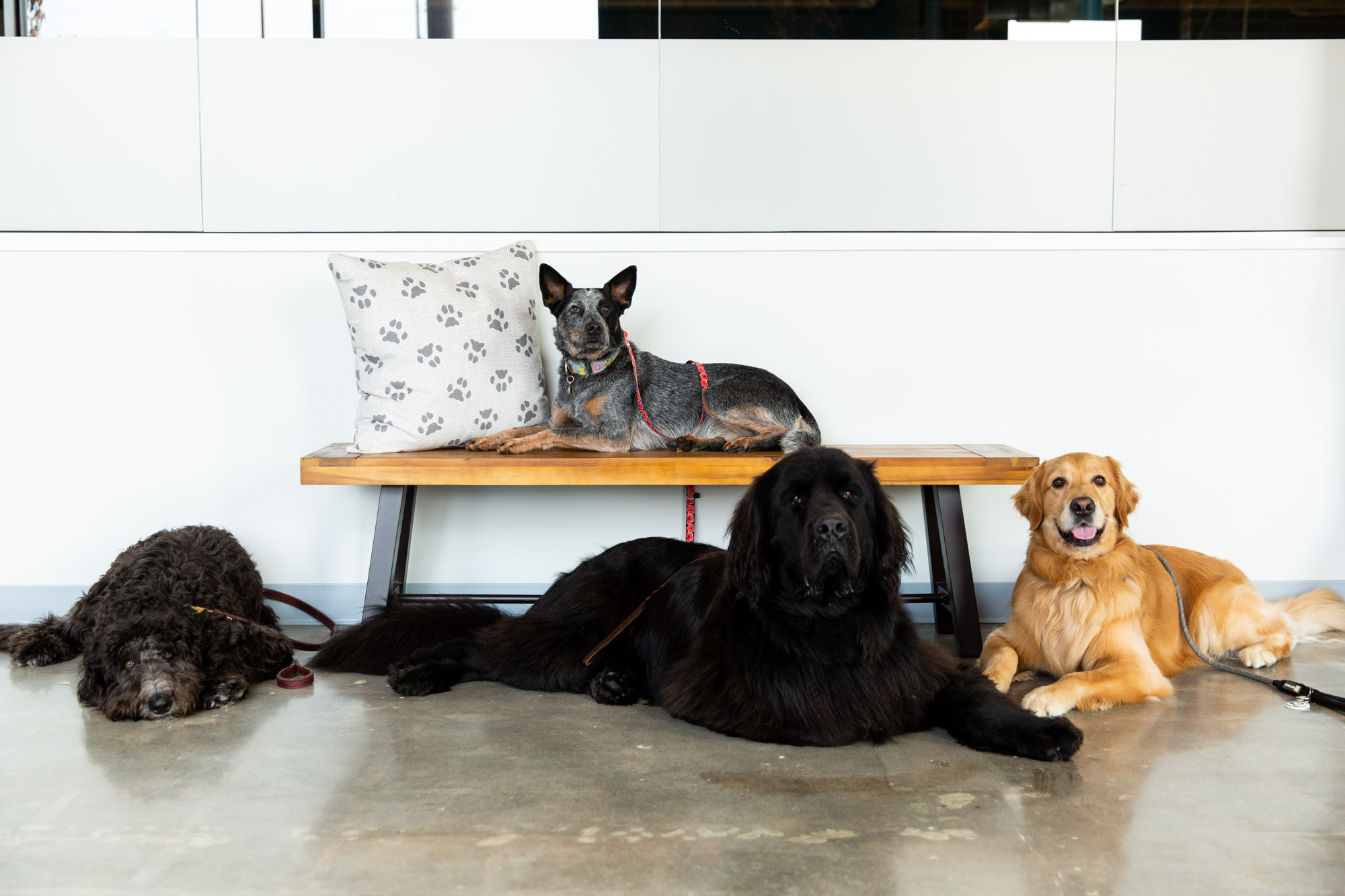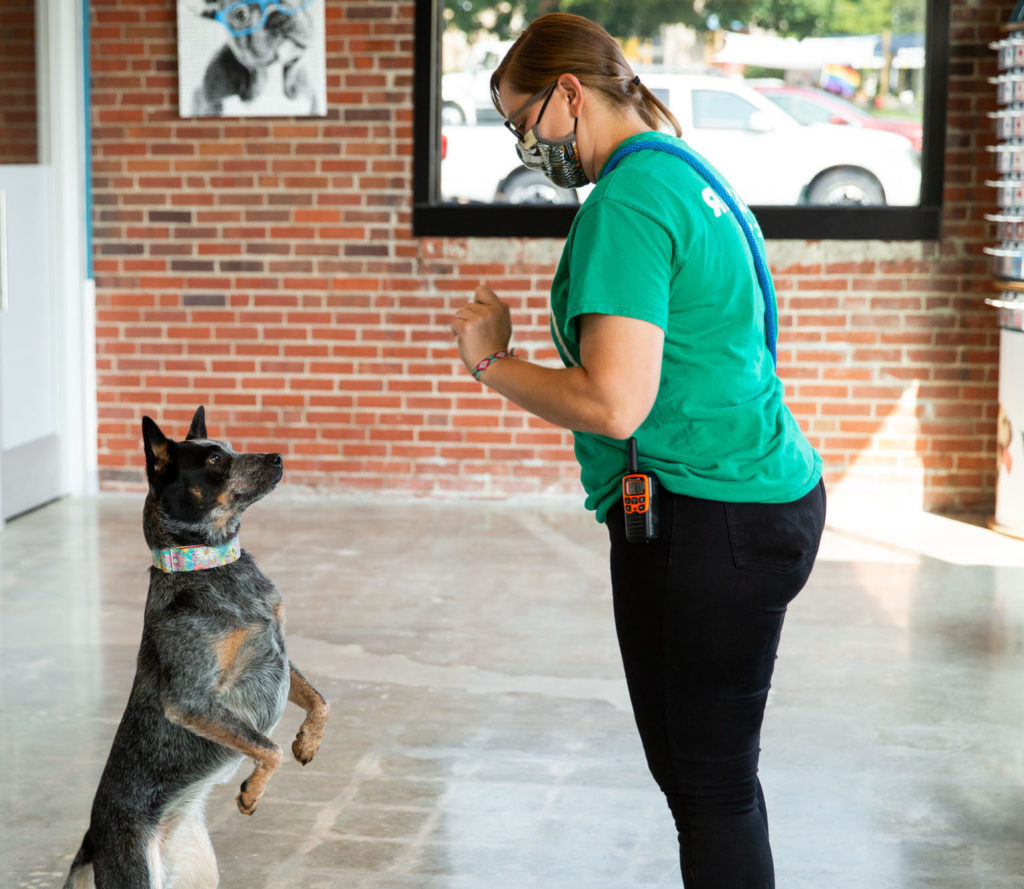
Effective Training
Let’s talk about dog training and how to do it effectively. Building a relationship with your dog is more in depth than just exercise and regular resources. Training and developing a set of expectations so that you can coexist beautifully with your furry friend are a must.
This section is going to discuss some of the key points in effective dog training and why they are necessary. Timing and consistency for training are key. Your time for praise and correction of a dog needs to be perfect. Reinforcing behavior can only happen while the behavior is currently being displayed.
Do NOT ever correct a dog after the fact and praise should be kept short, simple and directed at the task. For example, if you ask a dog to lay down, you aren’t going to praise it the entire time it is laying down, but only when they initially lay down.
The same works with corrections.
If you ask a dog to lay down and then you leave the room without releasing the dog, you cannot correct the dog for following you if you have not worked on the expectation. Consistency helps build a better expectation for your dog. If you do not want your dog on the bed, then NEVER allow your dog on the bed. This also falls in line with your requests.
Do NOT ask your dog to do something if you do not have the time to follow through. This sends mixed signals for your expectation on compliance.
Set Aside Time to Reinforce
 Head Trainer, Jessica Belcher featured above with Aspen “standing”
Head Trainer, Jessica Belcher featured above with Aspen “standing”
Praise, correction and voice are how we verbally communicate with our dogs. More often than not people focus on correcting unwanted behavior and stay silent when things are going well. Like humans, dogs are motivated to do well and will continue good behavior when praise or acknowledgement is given for a job well done.
You will need to cultivate the desire to please through learning, it is not inherent in dogs; although some dogs may be more eager to please than others.
Unlike correction, praise comes in many forms such as voice, food or treats. These rewards or praise add value to the words and direction you are giving a dog. Praise can be given at any point as long as it coincides with behaviors you want. It does not always have to follow a cue as long as the dog is doing something correct. Praise needs to be given in equal amounts to correction, even if you are praising for something as simple as your pet laying on the floor chewing on a toy.
Corrections need to be firm, but not angry, and the more calm you remain the more your dog will be able to focus on what you’re asking.
Make It Fun!
When you are asking your dog to do something, be sure to make it fun! Praise for compliance should be enjoyable for both you and your dog. This is what helps keep them engaged and wanting to work for you. Using your voice in a consistent and effective way will help you better communicate with your dog.
Do NOT forget to be fair in your training. Always help your dog to understand what you are asking by showing them what you want. Once the dog understands then you can correct the behavior. For example if you told your dog to “lay down” and “stay” then immediately left the room, you would be setting them up to fail. You need to show a dog how to do something if you expect them to replicate it. The correct method for stay, would be to stay in front of the dog when you ask, count to five and release. Duration and distance should be built over a length of time once the dog understands what you are asking of them.
If there comes a point in your training where your dog seems to not understand, SLOW DOWN. More often than not when a dog seems to not understand an exercise, it is because it was taught too quickly and the expectation was set too high for what the dog knows. Taking a few steps back to solidify that a dog understands isn’t a negative thing as all dogs learn at different paces. Remember timing, consistency, voice, and fair expectation will help make your training more effective.
Make Every Day “PAW”some
Feel free to explore our website for more information or contact us today for more information about our services!